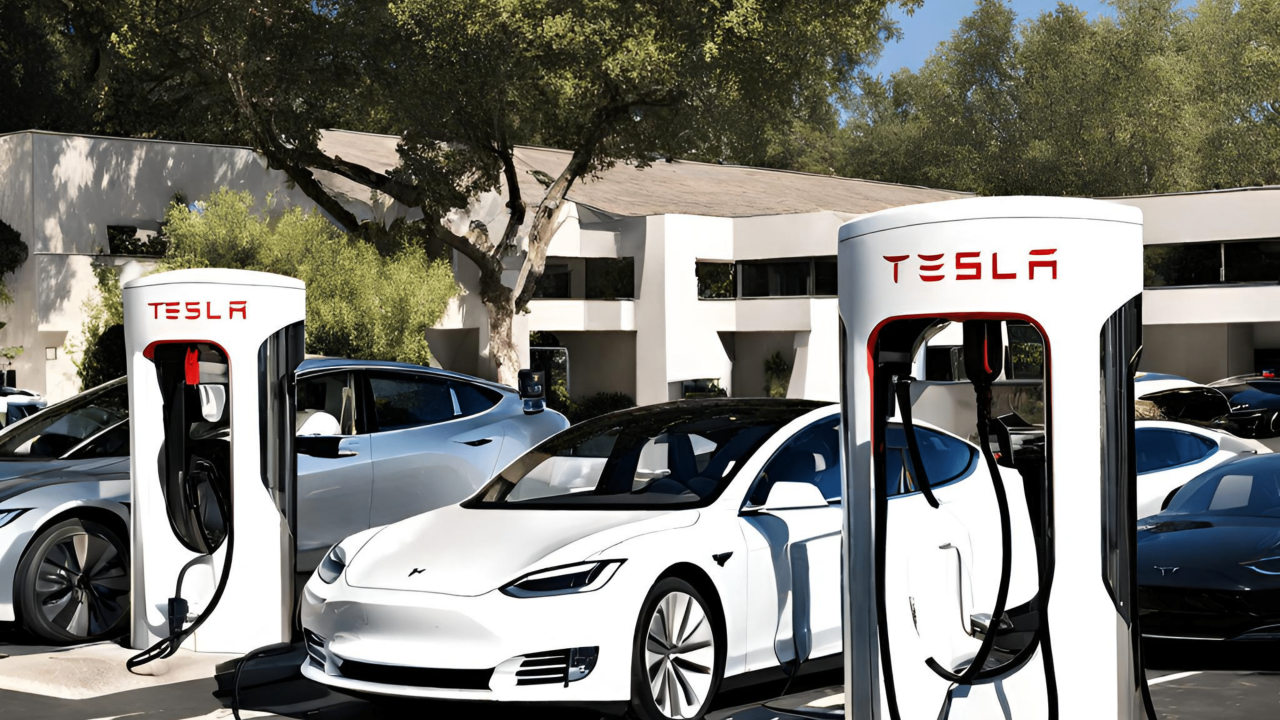1. Source1
2. Source2
3. Source3
4. Source4

As the results and expectations for the third quarter of 2023 roll in, an increasing number of electric vehicle manufacturers express concerns. They find that ongoing weak expectations are increasingly misaligned with their substantial upfront investments in this field. On October 25, 2023, Honda and General Motors terminated a US$5 billion low-cost electric vehicle plan. Germany's Volkswagen lowered its profit margin for this year, citing a cost hit from raw materials used in electric vehicles. Ford has also scaled back the production expansion of its electric F-150 Lightning pickup truck.
While we've previously shared market and analyst expectations for the development of electric vehicles, it's essential to understand the conditions needed for electric vehicles to gain large-scale adoption in the North American market. In the short term, market analysts and manufacturers focus on high-interest rates disrupting manufacturers' transformation, higher electricity costs in the United States compared to other countries, and the low price of crude oil in the North American market. Infrastructure development lags, and tram prices are on the high side. Drawing on analyses and opinions from Bloomberg, WSJ, IEA, and Dolphin Research, the author identifies several underlying reasons affecting the slow growth of electric vehicle penetration in North America. Since 2017, the market share of electric vehicles in China has reached 27.8%, and in Europe, it's at 25.4%. In contrast, the United States maintains a low level of only 8.9%. This is a major reason for optimism about the North American market, given its substantial room for growth. However, in addition to the secondary reasons mentioned, the low share is attributed to government policy limitations, a limited number of available models, and an incomplete development of the supply chain. These factors significantly impact the penetration rate.
Firstly, concerning government subsidy policy, although the United States offers a robust subsidy, strict requirements for vehicle models exist. Models must be assembled in the United States or use a battery industry chain with the United States to receive subsidies. Foreign brands or foreign-assembled cars don't qualify, prompting automotive suppliers to carefully weigh the gains and losses in supply chain, industrial chain transfer, and cost control. Additionally, it's crucial to note that the U.S. economy doesn't heavily rely on oil imports, reducing concerns about resource security. Secondly, the North American market has a limited selection of models due to technical and cost constraints, with most models concentrated in mid-to-high-end categories. There are over 100 models on the U.S. market, mainly from five major brands: Tesla, General Motors, Stellantis, Lucid, and Rivian. In contrast, China has over 400 models, and Europe has over 200. Notably, top-selling models in the U.S. are mostly pickup trucks or large SUVs, which demand large space, size, and horsepower. These conditions make it challenging to mass-produce electric vehicles in the short term. Moreover, the battery life and charging time of electric vehicles remain developmental shortcomings. Many chip manufacturers are placing significant bets on silicon carbide or next-generation semiconductor materials, witnessing substantial development in this direction. Lastly, the battery industry is a critical aspect of electric cars. The current free battery production capacity in the United States is only 6.2%, significantly lower than China and Europe. Referring to the production plans of major U.S. battery manufacturers, it's easily estimated that the penetration rate of electric vehicles will only see substantial increases until at least 2025.
Combining our previous analysis of the demand for electric vehicle semiconductors with a comprehensive analysis of the rising penetration rate of the North American electric vehicle industry, we predict that the era of rapid growth in the field of electric vehicle semiconductors in the near future is imminent but delayed.